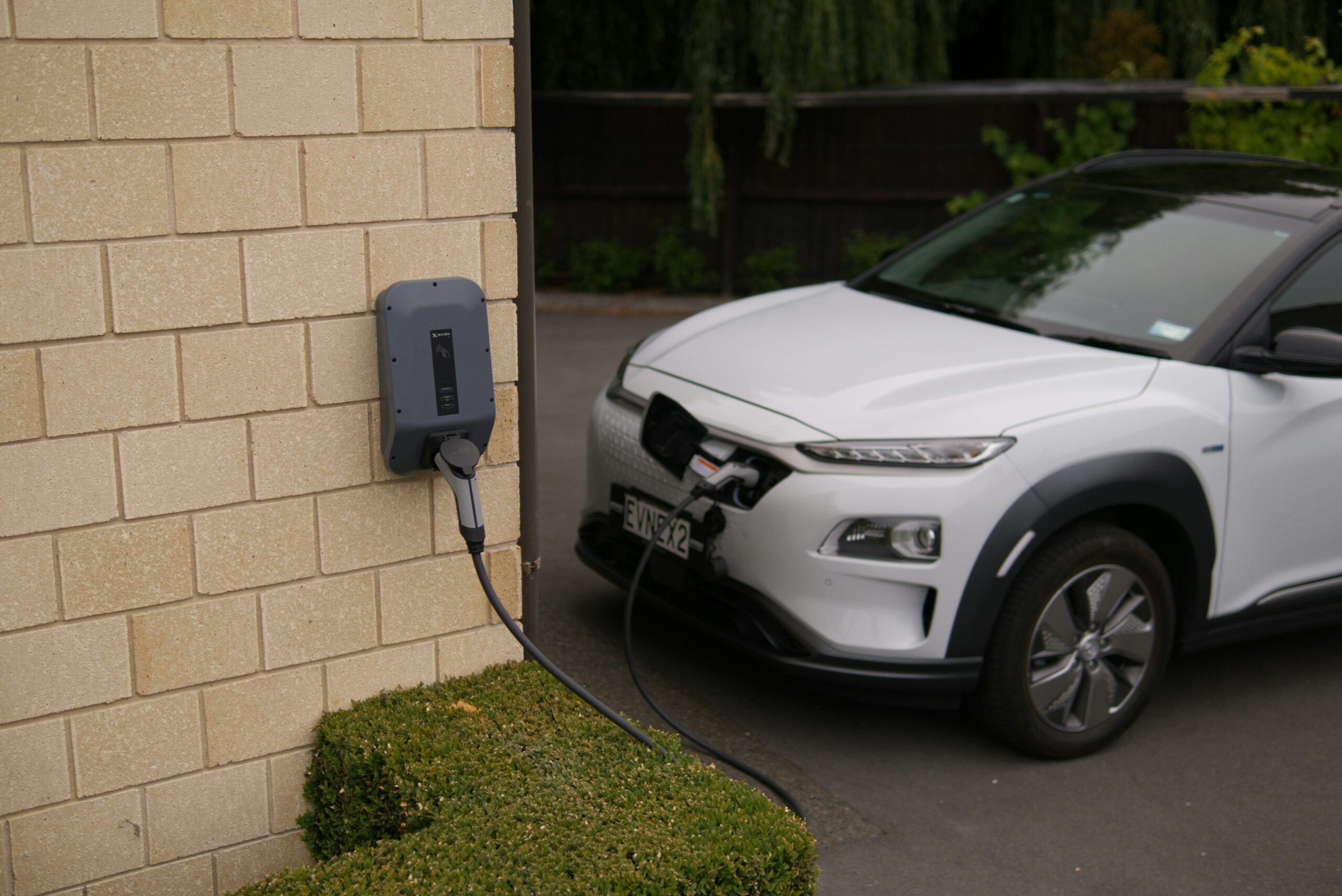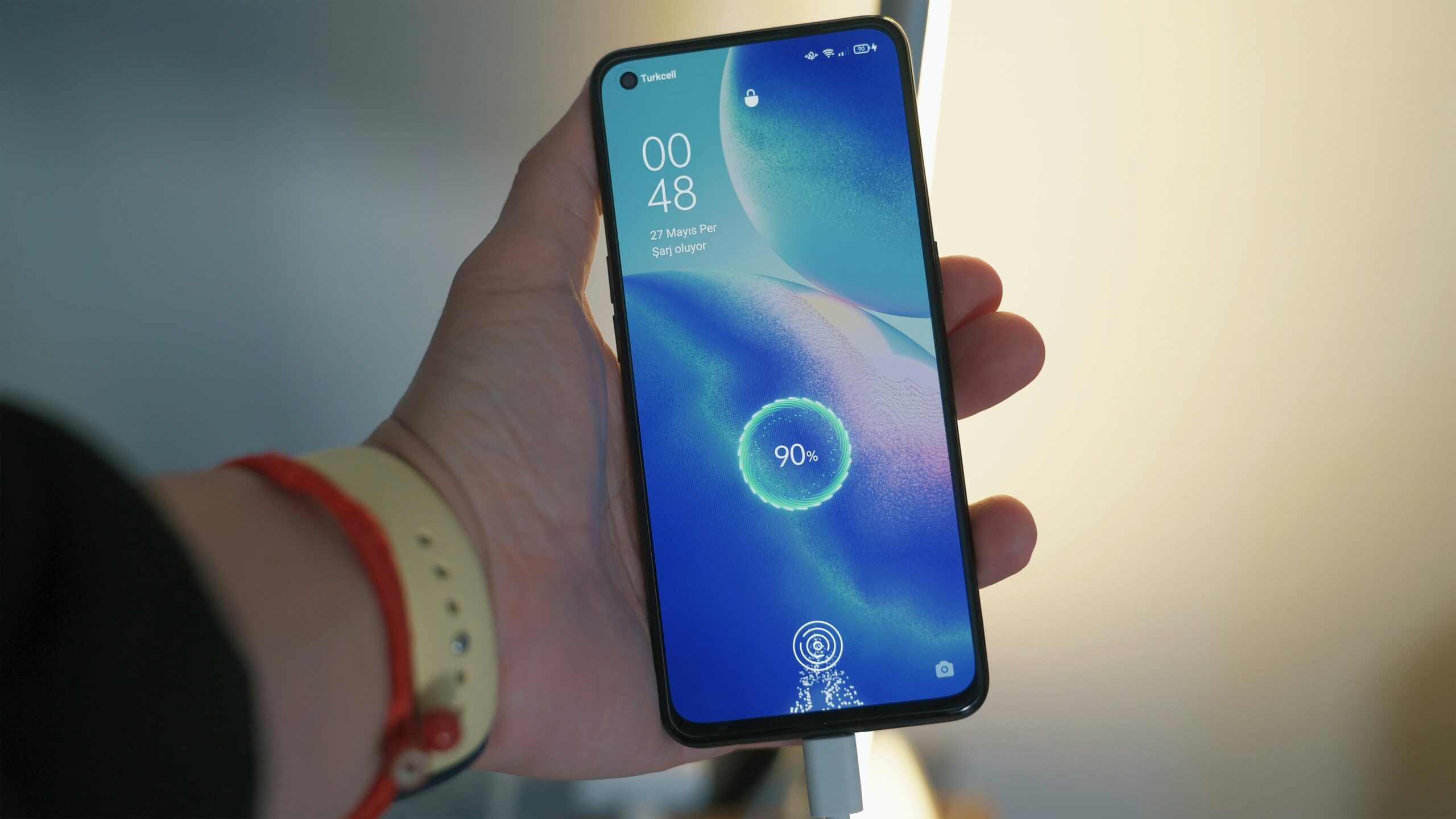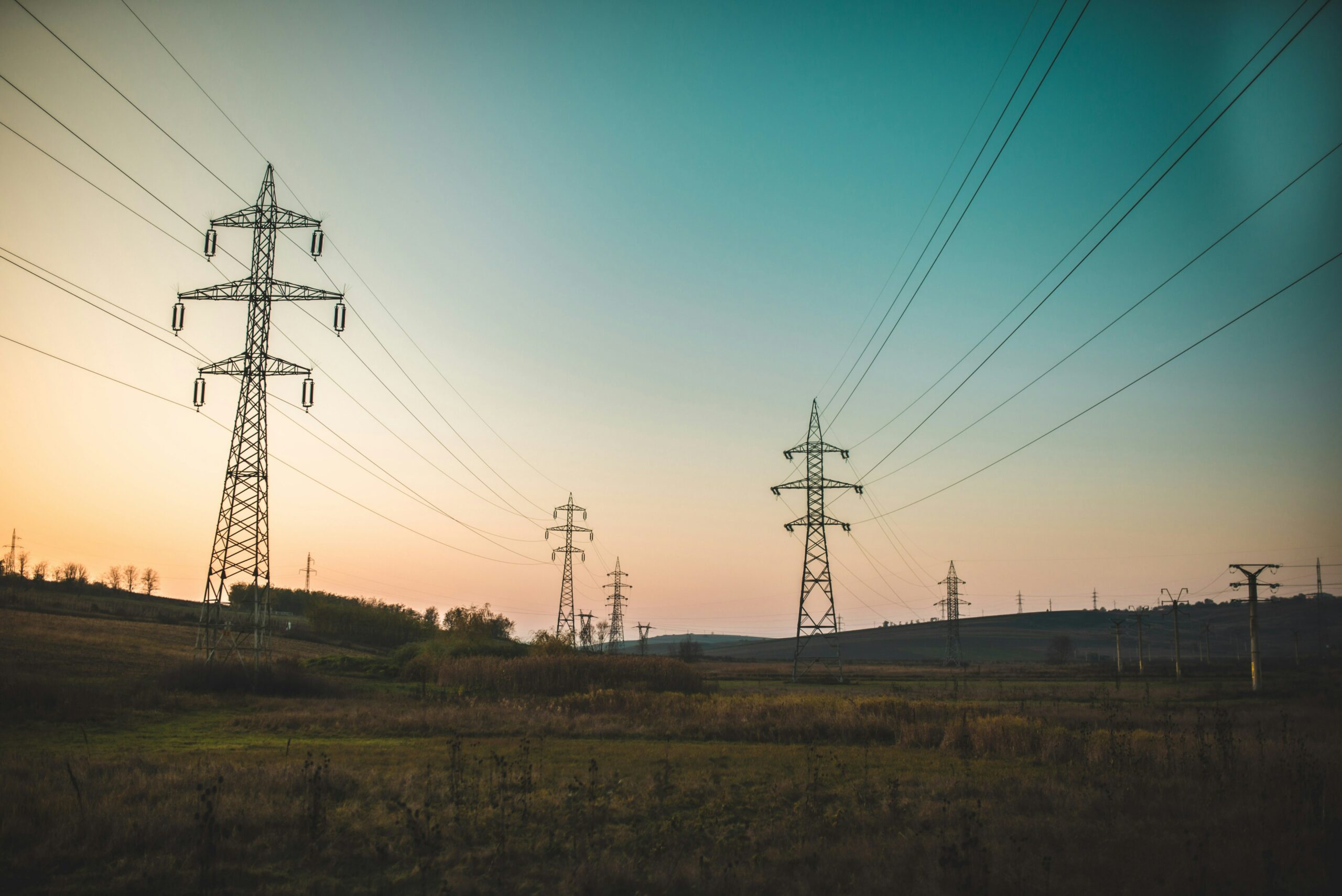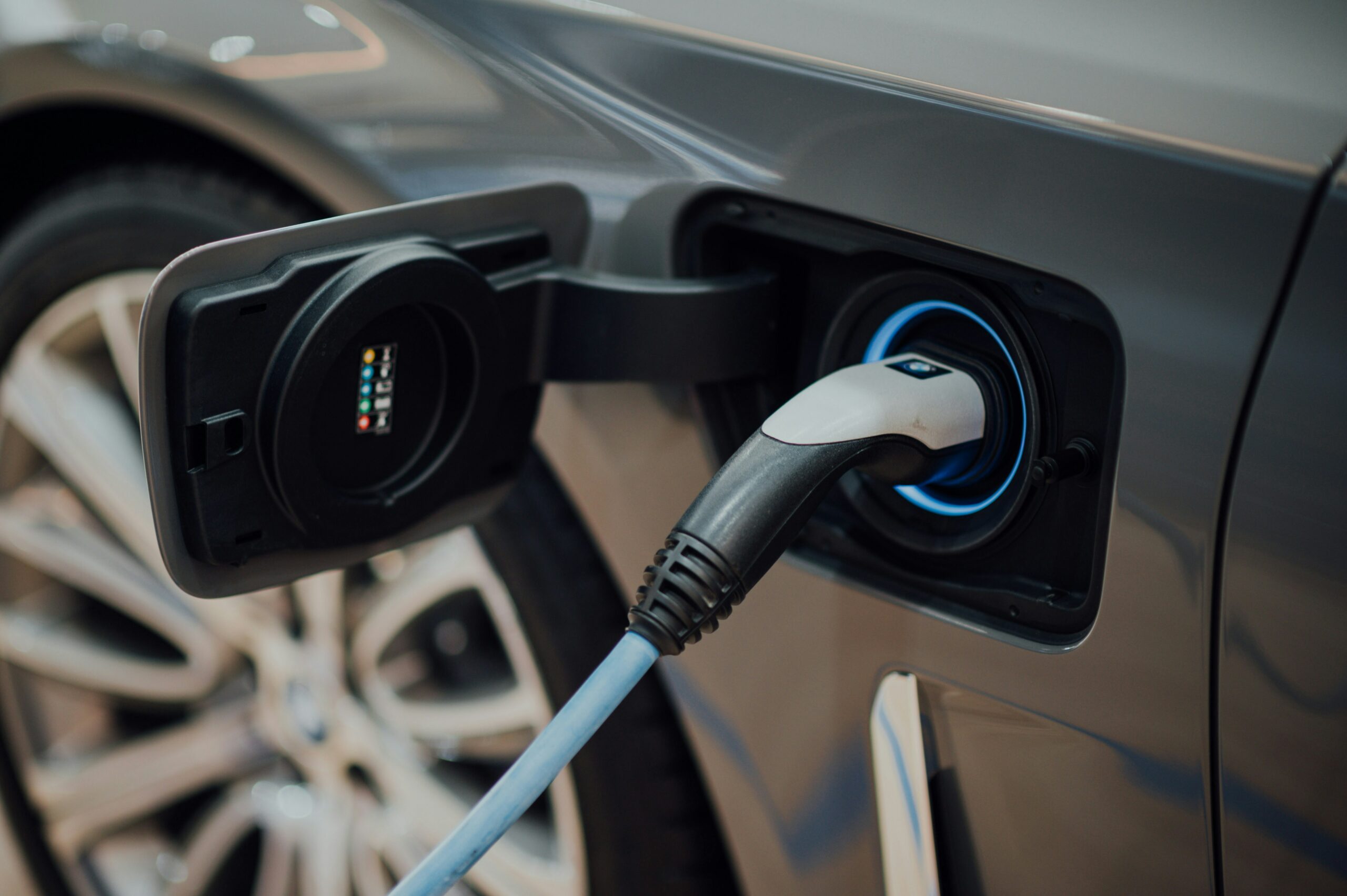How Meeting the French Former PM Changed My Entire Life
It’s funny how life can surprise you. You think you have everything figured out, going through the motions, and then one random encounter changes the course of your entire life. That’s exactly what happened to me on a chilly October morning when I bumped into the former French Prime Minister on the streets of Paris. It was a moment so unexpected, so surreal, that it still feels like a dream.
At the time, I was a young woman just starting my career at an EV smart charging company. Passionate about sustainable energy, I was eager to make a difference in the world, but I still lacked the clarity and confidence I needed to really step into my power. My job was challenging, exciting, and filled with potential, but I still felt like I was trying to find my place.
The Encounter
It happened on a quiet Wednesday. I had just left a meeting with a potential client and was walking through the bustling streets of Paris. The early autumn air was crisp, and I was thinking about all the tasks on my plate that day—one of those busy mornings where your mind is racing, and you hardly pay attention to what’s around you.
Then, out of nowhere, I nearly collided with someone. I looked up, startled, and almost dropped my coffee. It was an older man, dressed in a sharp coat, his face lined with experience. Before I could even apologize, he smiled and, in a warm, yet commanding voice, said, “Watch where you’re going, young lady. The world is always moving fast, but you can’t afford to lose your focus.”
I blinked in surprise and froze for a moment. The man in front of me wasn’t just some passerby—he was none other than the former French Prime Minister, whom I had seen on TV during his tenure in office. My heart skipped a beat, but I didn’t want to seem too starstruck, so I managed a smile and muttered an apology.
What happened next was completely unexpected.
He looked at me with curiosity. “You don’t look like someone who makes mistakes,” he said, his eyes twinkling. “What’s your name?”
A little flustered, I introduced myself and mentioned that I worked at an electric vehicle smart charging company. I expected him to nod politely and move on, but instead, he seemed genuinely intrigued.
“Ah, electric vehicles,” he mused, “the future of transportation. How’s the charging infrastructure coming along?”
I was a bit stunned that he knew anything about my field, but it was the beginning of a conversation that would change my life forever.
A Conversation That Sparked Change
We ended up walking together for several blocks, casually discussing everything from the state of France’s energy transition to my role in the company. I still couldn’t believe I was having a conversation with someone who had once run the country. But as we talked, I realized that he wasn’t just talking politics—he was deeply interested in innovation, vision, and progress.
“I’ve always said that the leaders of tomorrow are the ones who take risks today,” he told me. “People in your field are doing something revolutionary. But more than just technology, it’s about how you think. It’s about believing in your ability to make a change, even when the odds seem impossible.”
His words struck me. I had always seen myself as a contributor, someone working in the background, but he was making me realize that I had the potential to be a leader, too. He talked about how every big shift in history began with one person’s vision—and how, sometimes, all it took was a single moment to alter the trajectory of a life.
“You have to embrace the unknown,” he said. “Take the risks. Push for things that others say are impossible. You’re not just building charging stations, you’re building the future of mobility. And the future is in your hands.”
At that moment, something clicked. I had always thought of myself as a small player in the big scheme of things, but his words made me realize that my work had significance. I wasn’t just working for a paycheck—I was part of something bigger, part of a movement that was shaping the future of energy and transportation.
The Impact
That brief encounter left me shaken, but in the best way possible. I found myself thinking about it constantly over the next few days. His words kept echoing in my mind: “The leaders of tomorrow are the ones who take risks today.”
I began to see my job in a new light. Instead of getting bogged down by the daily challenges and frustrations, I started to think about the bigger picture. I started approaching my work with more confidence, proposing new ideas during meetings, and pushing for innovation. I realized that if I wanted to truly make a difference, I needed to lead—not just follow.
But it wasn’t just about my career. His advice spilled over into my personal life as well. I started taking more risks, stepping outside my comfort zone in ways I never had before. I began speaking at conferences about the future of clean energy and smart mobility, even though I’d always been hesitant to put myself out there. I sought out mentorship, asked questions I had been afraid to ask, and stopped letting fear hold me back.
A New Vision for the Future
Now, as I look back, I can’t help but think about how that random meeting on a Paris street changed everything for me. It was one of those rare moments in life when someone’s words completely alter your mindset and open doors you didn’t even know existed.
I never imagined that my career in the EV industry would be anything other than technical and behind the scenes. But after that conversation, I saw myself not just as an engineer, but as a potential leader in the energy transition.
I still don’t know why the former PM happened to be walking down the same street that day, or why he decided to strike up a conversation with me. But I do know that meeting him gave me the courage to take charge of my own destiny. And that single, seemingly random encounter has made all the difference.
So, to the former Prime Minister of France, wherever you are: thank you. You didn’t just change my career—you changed my life.







